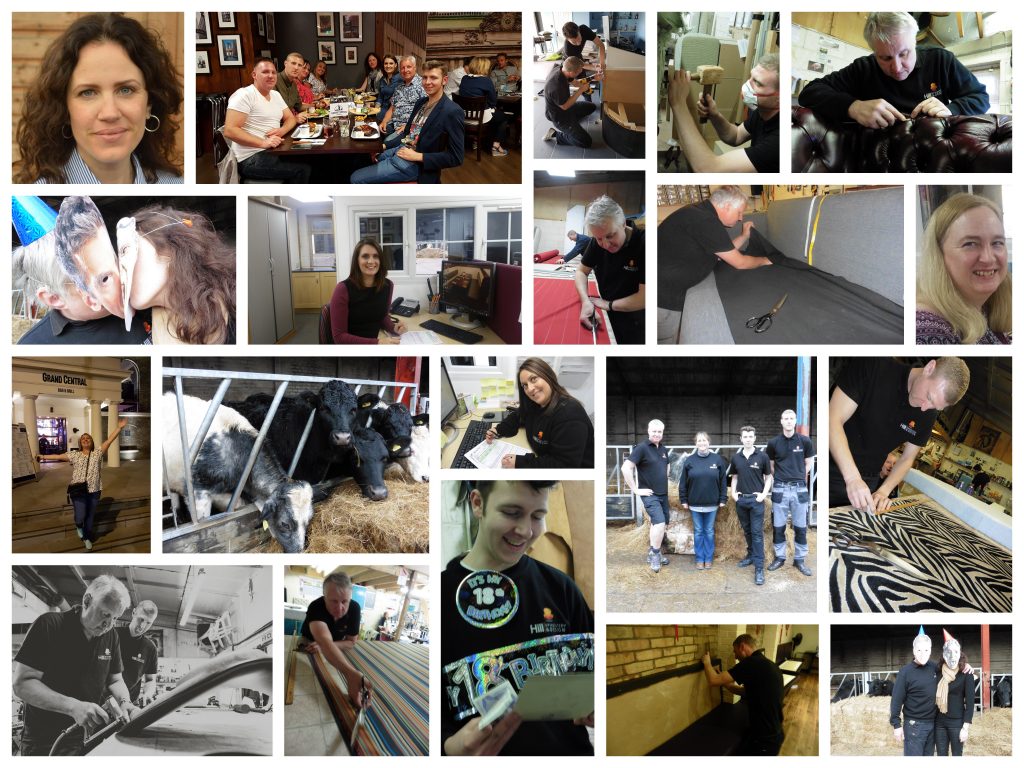Caring for Upholstered Bergère Chairs: Cleaning and Maintenance Tips
Bergère chairs are an iconic symbol of French design, known for their exposed wood frames, enclosed upholstered backs, and comfortable, cushioned seats. Whether your chair is a vintage antique or a newly reupholstered piece, proper care is essential to maintaining its elegance, comfort, and longevity. In this guide, we’ll share practical cleaning and maintenance tips to help you preserve your upholstered Bergère chair for years to come.
1. Know Your Fabric Type
Before applying any cleaning method, identify the fabric used on your chair. Upholstery materials can vary widely, from cotton, linen, and velvet to more delicate silks or synthetic blends. Each type requires specific cleaning techniques:
- Cotton & Linen: Durable and breathable but can stain easily. Spot clean with a mild detergent solution.
- Velvet: Use a soft brush to lift the nap. Avoid saturating with water, and spot clean carefully.
- Silk: Best handled by professionals due to its sensitivity to moisture and cleaning agents.
- Synthetic Blends: Often stain-resistant and easier to maintain with gentle cleaners.
Always check the fabric label or consult the upholsterer for cleaning codes and recommendations.
2. Regular Dusting and Vacuuming
Dust and debris accumulate quickly on upholstered furniture, especially on pieces with intricate frames like Bergère chairs. Use the upholstery attachment on your vacuum cleaner to gently remove dust from cushions, seams, and crevices. For the wooden frame, use a soft microfibre cloth or a brush attachment to clean without scratching.
Pro Tip:
Vacuum your Bergère chair at least once a week if it’s used regularly, and every two weeks for decorative or occasional seating.
3. Spot Cleaning Spills and Stains
Act fast when spills occur! Blot (do not rub) the stain with a clean, white cloth to absorb as much liquid as possible. Depending on the type of fabric, apply a gentle cleaning solution:
- Mix a small amount of mild dish soap with warm water.
- Dip a clean cloth into the solution and gently dab the stained area.
- Blot with a dry towel to remove excess moisture.
Avoid harsh chemicals or abrasive cloths. When in doubt, consult a professional cleaner, especially if the fabric is delicate or the stain is stubborn.
4. Rotate and Fluff the Cushions
Over time, seat cushions can become flattened or worn unevenly. To maintain the shape and comfort of your chair:
- Rotate cushions weekly to distribute wear.
- Fluff and shake the cushions to redistribute filling.
- If the cushion uses feather or down, use a light beating technique to revive volume.
5. Protect from Sunlight and Heat
Direct sunlight can fade fabric and dry out wood over time. To preserve the appearance and integrity of your Bergère chair:
- Place the chair away from direct sun exposure.
- Use UV-filtering window film or curtains to block sunlight.
- Avoid placing near radiators or heat vents to prevent wood warping or upholstery damage.
6. Caring for the Wooden Frame
The exposed carved wood is one of the most distinctive features of a Bergère chair. Keeping the frame clean and conditioned enhances its beauty:
- Dust regularly with a dry or slightly damp microfibre cloth.
- Use wood polish or conditioner (sparingly) to maintain the finish and prevent cracking.
- Inspect for any loose joints or wobbly legs and tighten or repair as needed.
7. Professional Cleaning and Maintenance
Even with consistent care, professional cleaning is advisable every 12–18 months, especially if the chair is heavily used or made from high-end fabric. Professional services can deep-clean the upholstery, treat stains, and preserve the colour and texture without damaging the material.
8. Consider Upholstery Protection Treatments
Applying a fabric protector can help resist spills, stains, and wear. There are various commercial treatments available, but it’s best to:
- Choose products labeled safe for upholstery.
- Test in an inconspicuous area first.
- Consider professional application for optimal results.
9. Storing or Moving Your Chair
If you’re moving or storing your Bergère chair, take precautions to prevent damage:
- Wrap in a breathable fabric or cotton sheet (avoid plastic, which traps moisture).
- Protect legs and arms with padding or foam wrap.
- Store in a climate-controlled space to avoid moisture buildup or extreme temperatures.
Conclusion
With proper care and maintenance, an upholstered Bergère chair can last for generations while continuing to add charm and character to your home. Regular cleaning, gentle handling, and a little attention to detail go a long way in preserving both the fabric and the frame. Whether it’s a family heirloom or a new purchase, your Bergère chair deserves the same elegance in care as it offers in design.
For more information on Upholstered Bergère Chairs contact Hill Upholstery.




